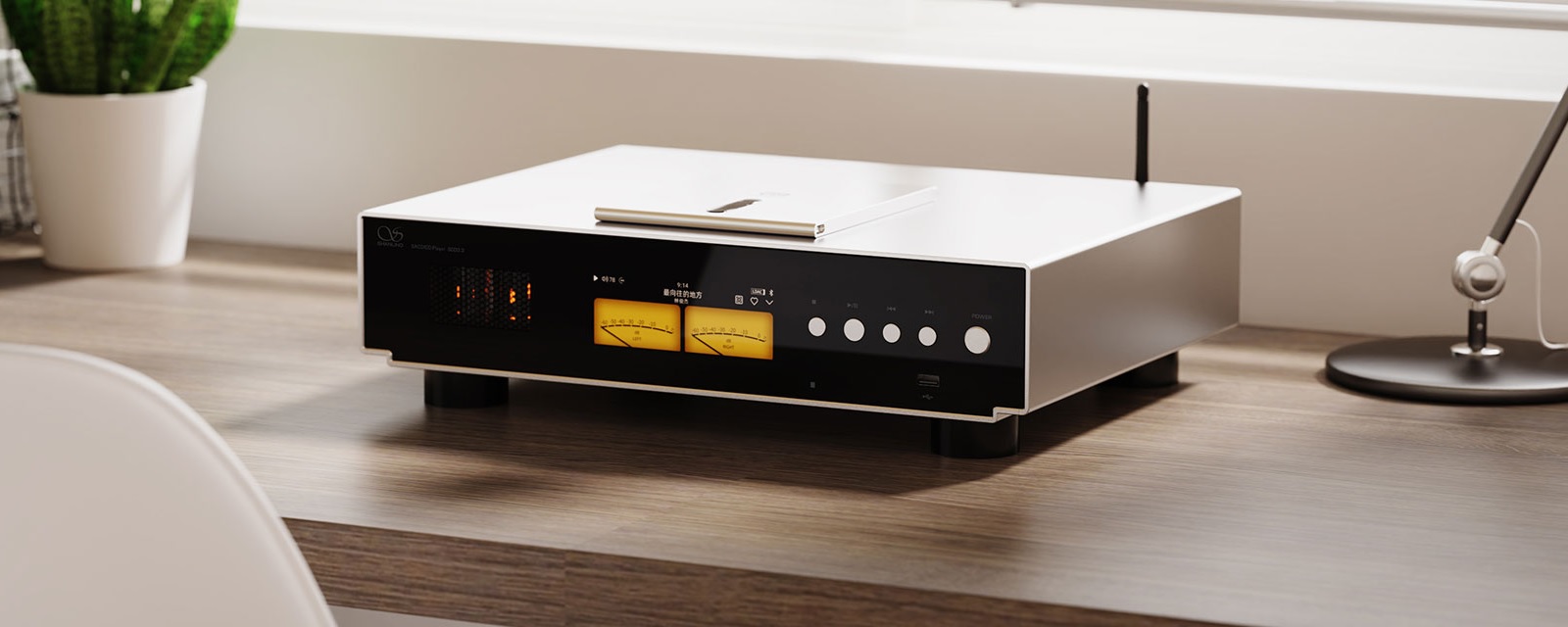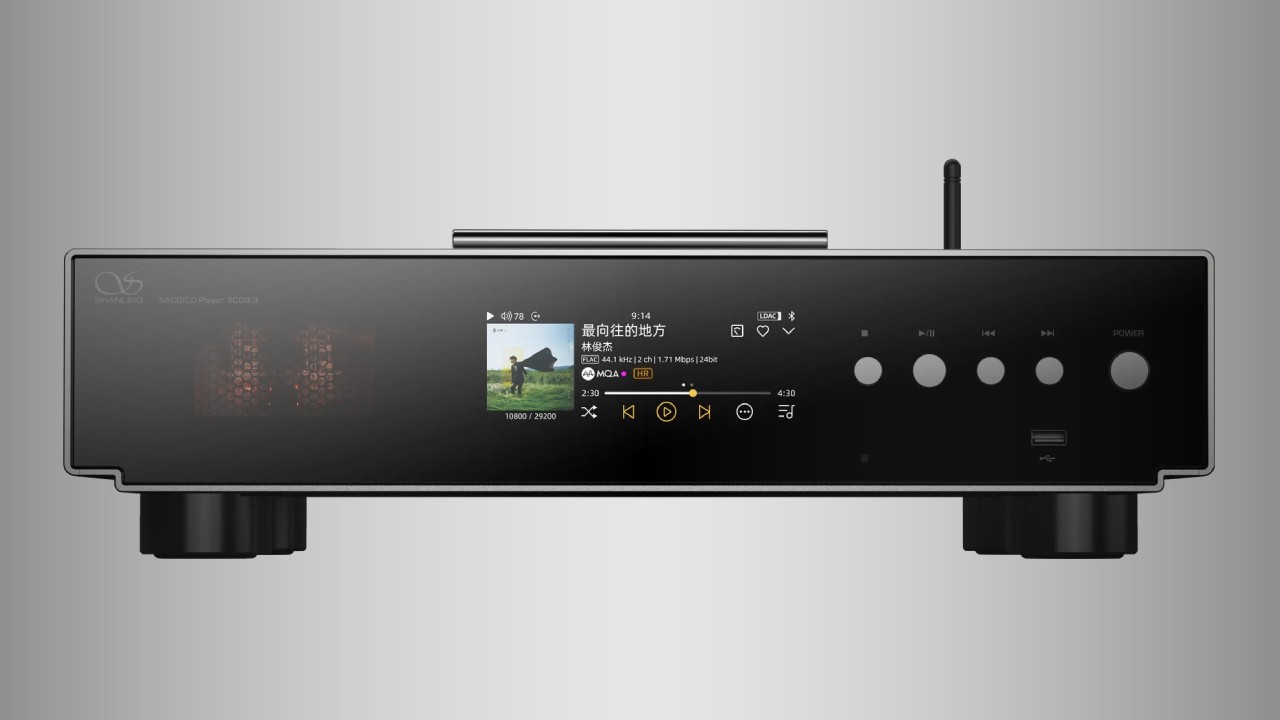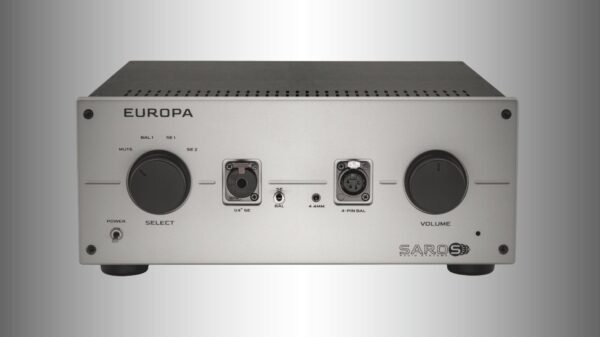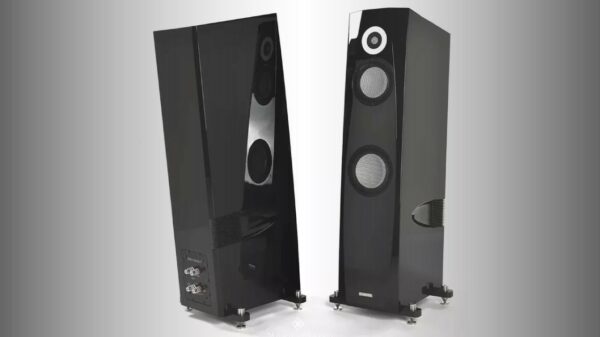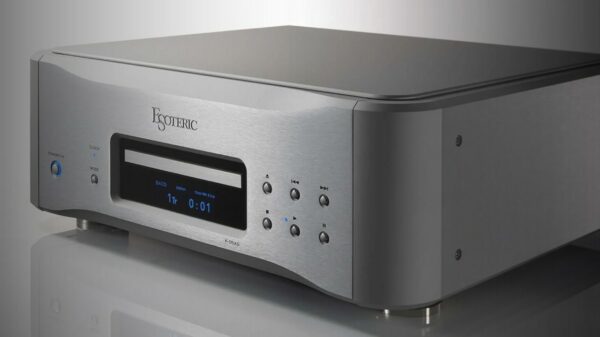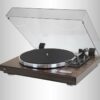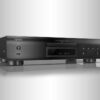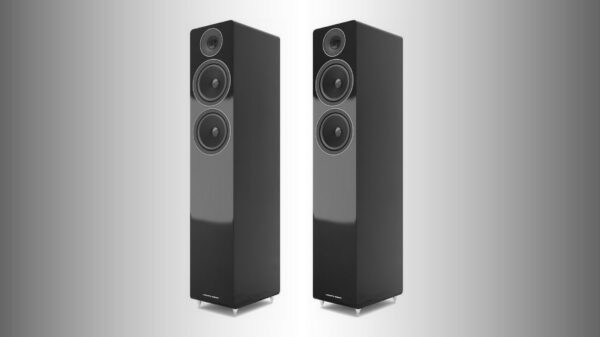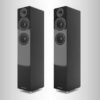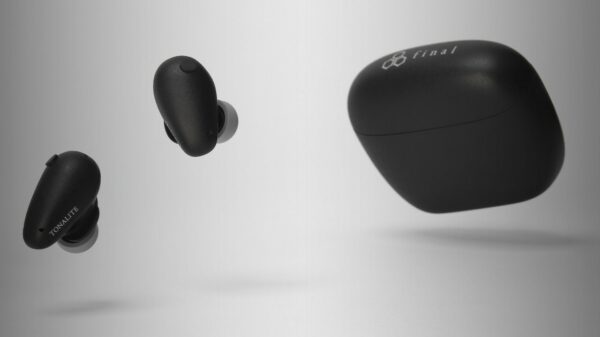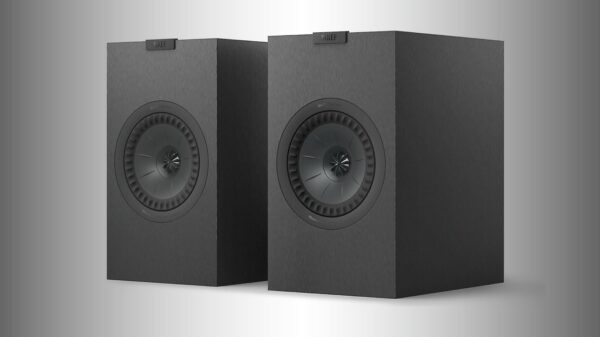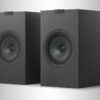Shanling has announced a new top-loading (SA)CD player called the SCD3.3. The Shanling SCD3.3 combines classic disc playback with modern digital technology. A patented CD mechanism with a top-loading door is combined with a discrete R2R DAC consisting of 212 precision resistors. Analog music signals are output through a tube stage. Bluetooth connectivity and a user-friendly operating system complete the SCD3.3.
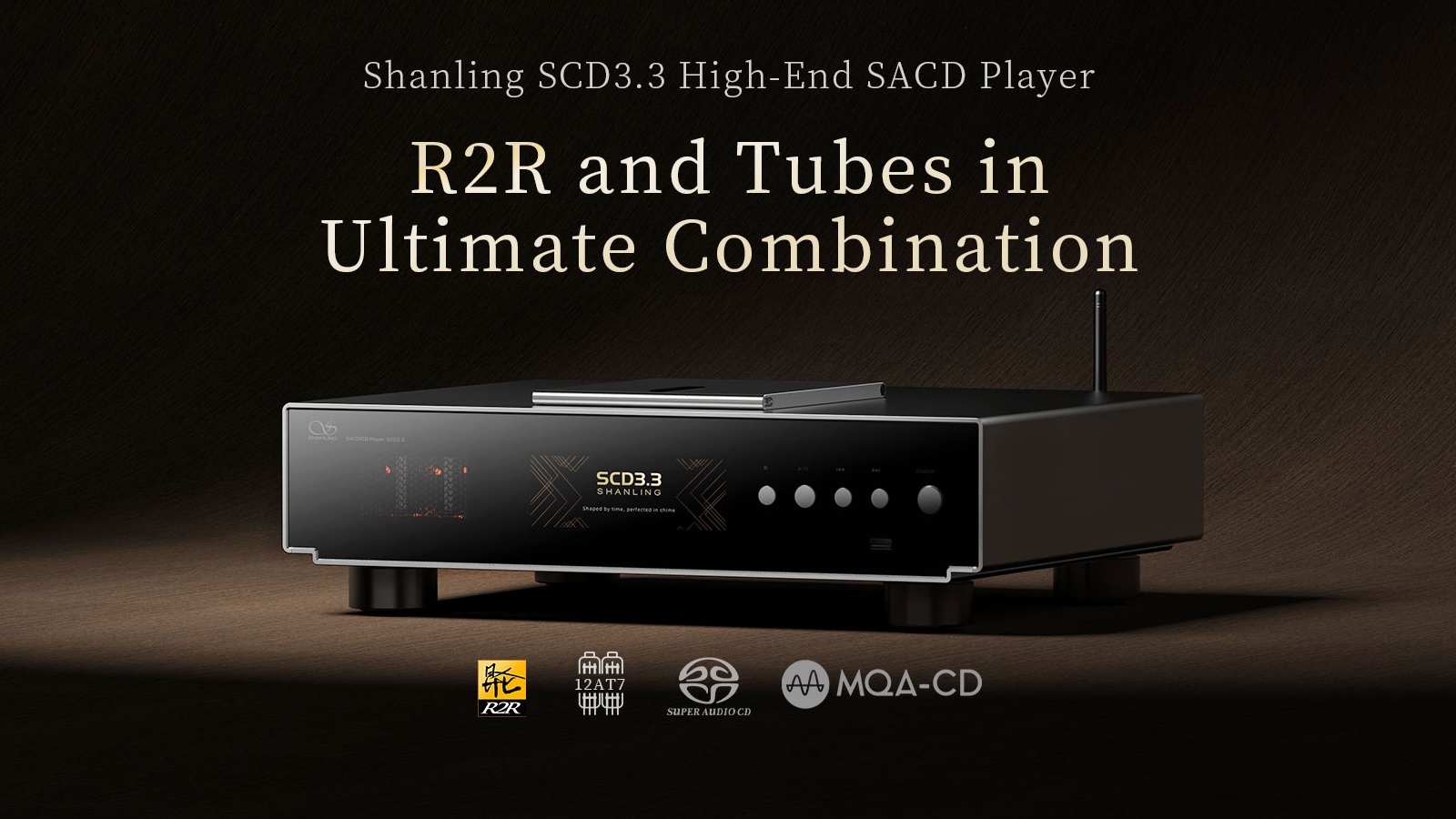
The Shanling SCD3.3’s drive mechanism features a patented top-loading mechanism (i.e., no front-loading tray), developed around the HD850 laser system. This approach not only ensures exceptionally stable playback of CDs, SACDs, and MQA-CDs, but also creates a mechanically silent environment that prevents digital jitter. By opting for a manual top-loading mechanism, Shanling adheres to a classic high-end principle: minimal mechanical complexity, maximum precision, and no servo-dependent opening mechanisms that can cause vibration. According to the manufacturer, this translates into a robust and durable platform for playing optical discs.
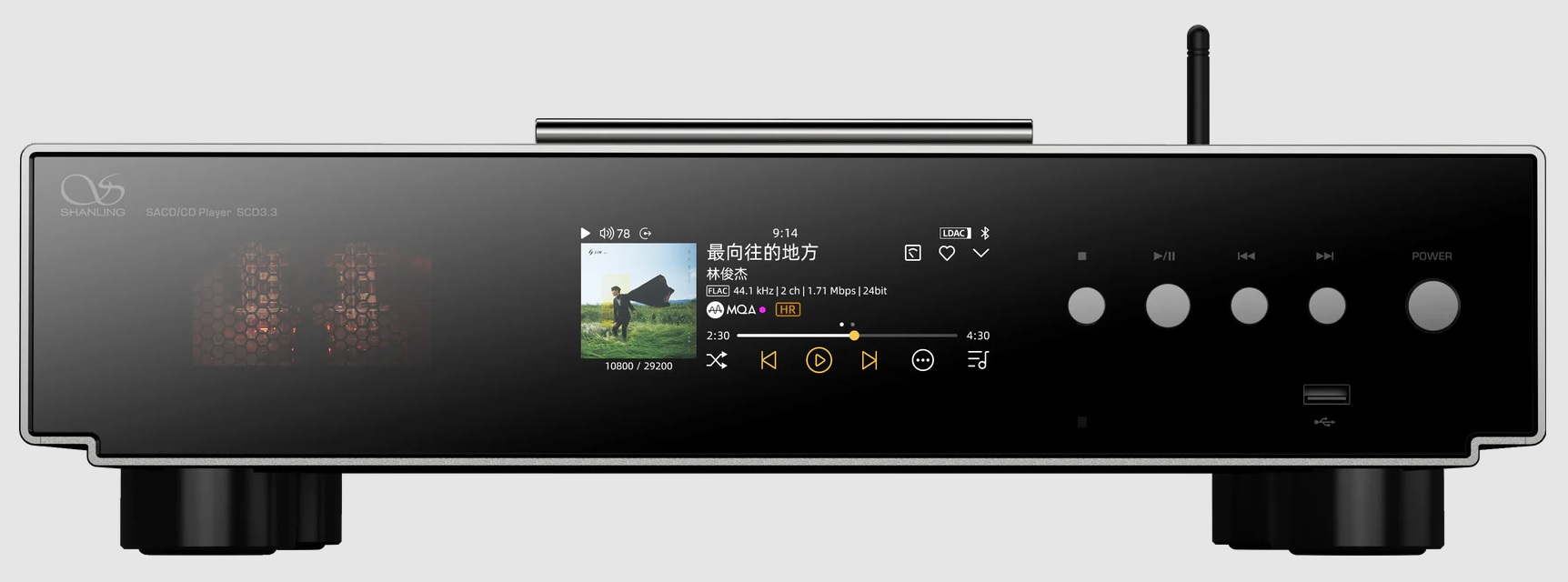
A key feature of the SCD3.3 is its discrete R2R DA converter, which is constructed with 212 precision resistors with extremely tight tolerances. According to the designers, this fully discrete architecture enables exceptionally natural signal reconstruction without the typical filtering and clocking characteristics of conventional delta-sigma converters. According to Shanling, this module was developed in-house to ensure maximum control over the architecture, linearity, and signal behavior. The second generation is said to offer even lower noise and finer dynamics compared to its predecessor, which should be particularly noticeable with high-quality SACD material or high-resolution files received via the USB input.
Clock architecture with independent oscillators

Another key component in the Shanling SCD3.3’s circuit design is clock signal generation. The device uses two independent oscillator banks to optimally power the various digital signal paths. 90 MHz and 98 MHz are available for FPGA-based processing, while the USB and data reception of the XMOS subsystem are clocked at 45 MHz and 49 MHz, respectively.
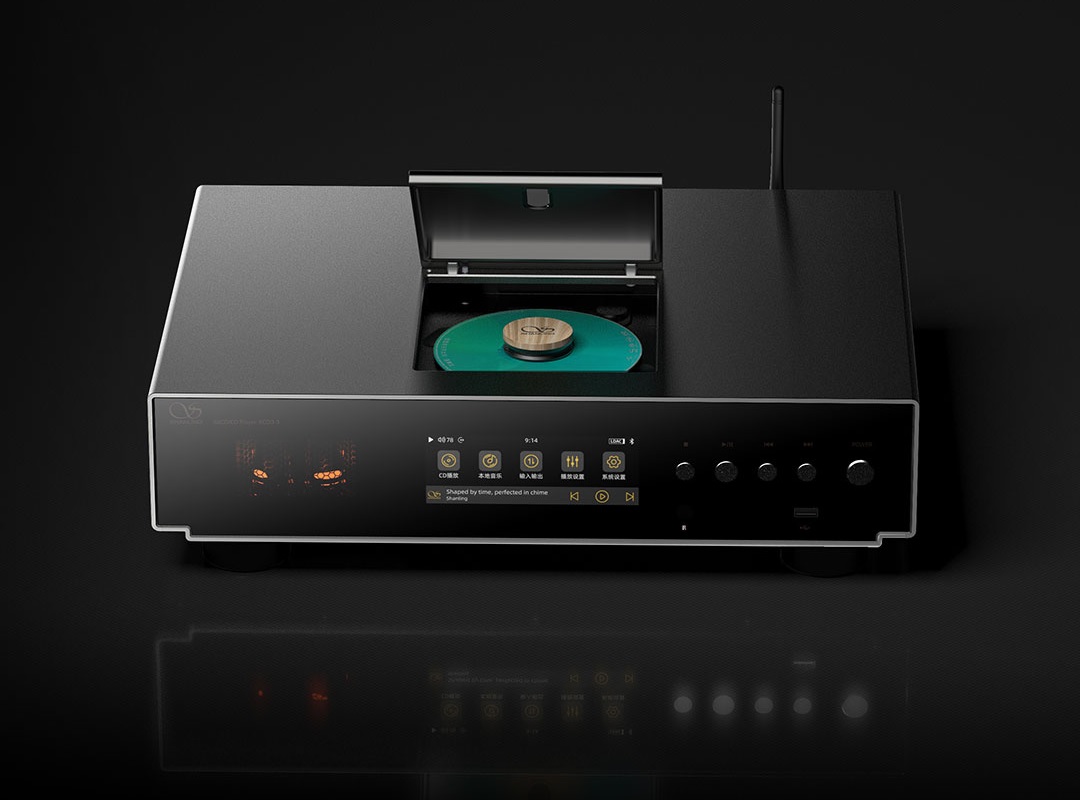
This discrete clock architecture ensures that each digital section operates with a precisely matched and extremely stable reference clock. According to the manufacturer, this topology significantly reduces jitter-induced coloration, resulting in a cleaner, more precisely structured sound, both with high-resolution files and when playing SACDs or regular CDs. The more stable signal processing thus directly contributes to the SCD3.3’s goal of delivering the most authentic and musical source possible for demanding hi-fi systems.
12AT7 tube output and OPA1612 & MUSES8920E
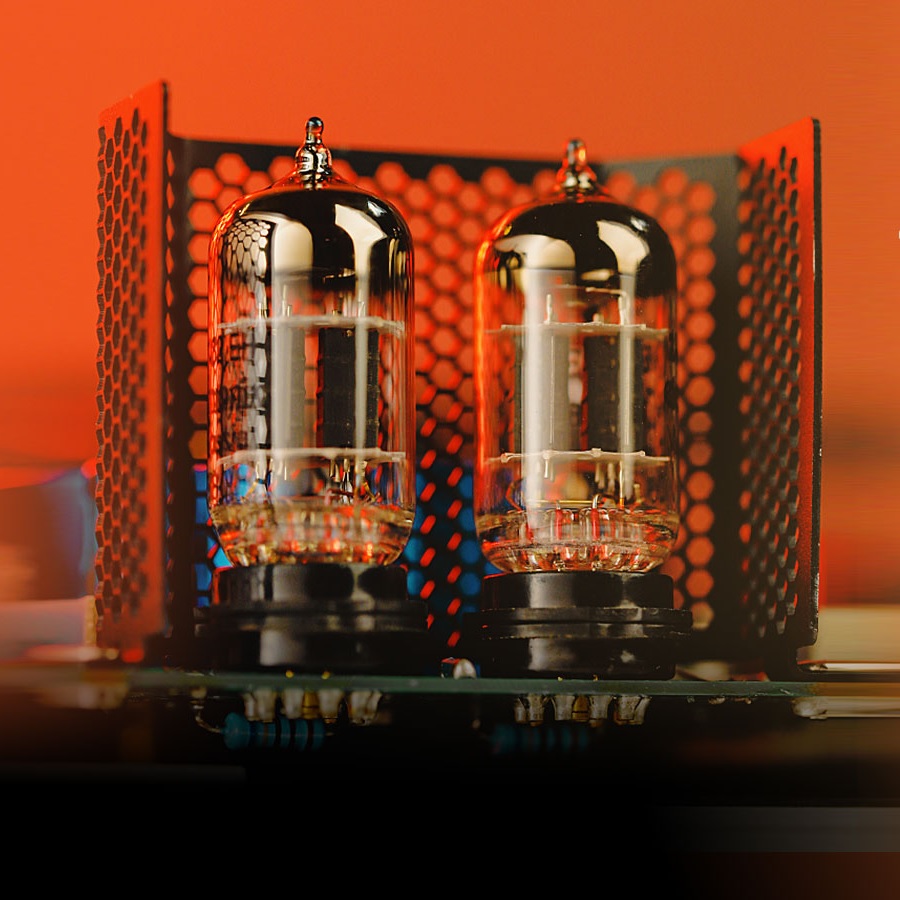
The SCD3.3 not only relies on 12AT7 tubes in the output stage, but also complements the analog signal path with two precisely designed operational amplifier stages. Between the discrete R2R resistor network and the actual amplifier section, a Texas Instruments OPA1612 acts as a low-pass filter, ensuring a particularly transparent transition from the R2R DAC to the analog path. The final output stage utilizes a Mouser Electronics MUSES8920E, a high-quality audio operational amplifier that, according to Shanling, contributes significantly to a harmonically rich, dynamically stable, and high-current output signal.
The combination of the R2R architecture, OPA1612 filter stage, MUSES8920E power amplifier, and 12AT7 tube results in a comprehensive analog design focused on clarity, warmth, and stability, deliberately distinguishing it from purely transistor-based solutions. For users, this translates into a precisely adjustable sonic signature that combines analytical precision with a musically pleasing character, Shanling explains.
Digital flexibility in the form of USB DAC, I2S and Bluetooth
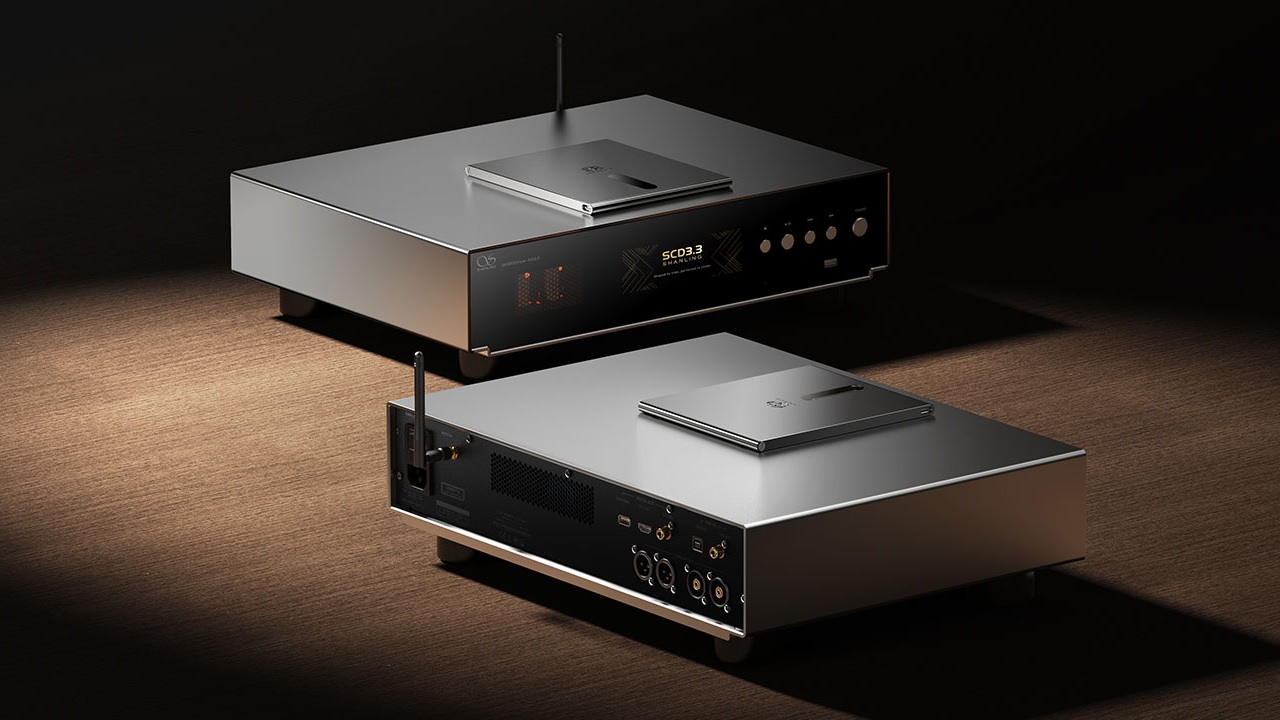
In addition to playing discs, the SCD3.3 functions as a full-fledged digital audio center. Featuring the XMOS XU316 USB receiver from specialist XMOS, the device processes signals up to 32-bit/768 kHz and DSD512 and supports a wide range of lossless and hi-res audio formats.

This is relevant, for example, for the USB-A port, which can be used to connect USB storage devices as a source. There’s also a USB-B port for direct connection to a PC or Mac, and a coaxial S/PDIF interface as an input for other digital playback devices.
A Bluetooth receiver (Bluetooth 5.0) serves as an additional audio source and supports SBC, AAC, LDAC, aptX, and aptX HD. This makes the SCD3.3 suitable for simple everyday use with devices such as smartphones and tablets. Furthermore, an I2S output is available in the form of an HDMI port. This option is implemented via the FPGA, allows for various pin layouts, and offers native DSD. This is interesting for users who use separate DACs or active speaker systems with digital inputs.
The front panel features a 5-inch LG touchscreen, allowing intuitive operation of all key functions. Hardware buttons, a remote control, and app controls are also available. The manufacturer provides the corresponding app for Apple iOS and Google Android.
The housing is milled entirely from aluminum and weighs about ten kilograms. This provides a solid base with low resonance, which is good for the drive and the other components.
